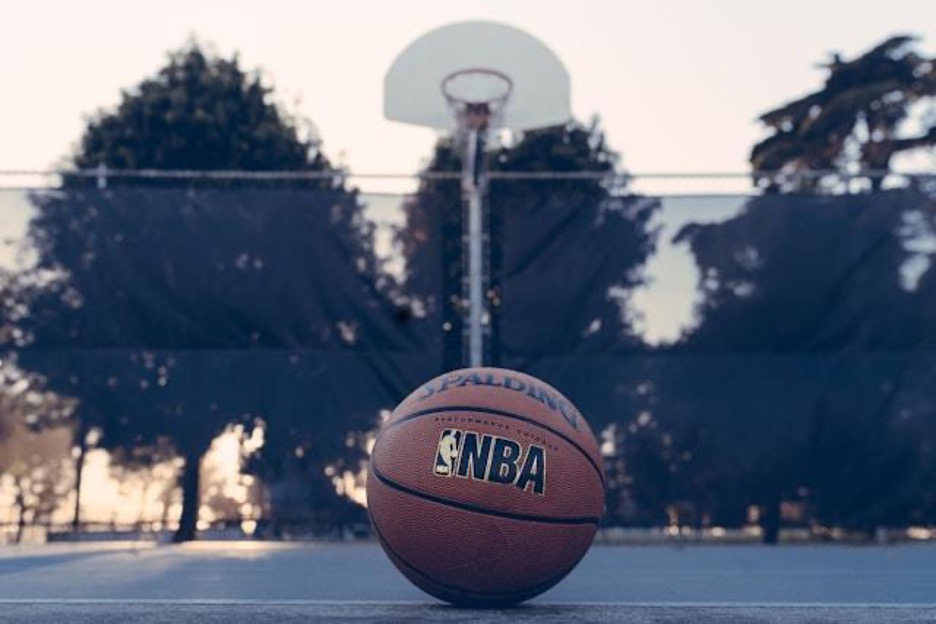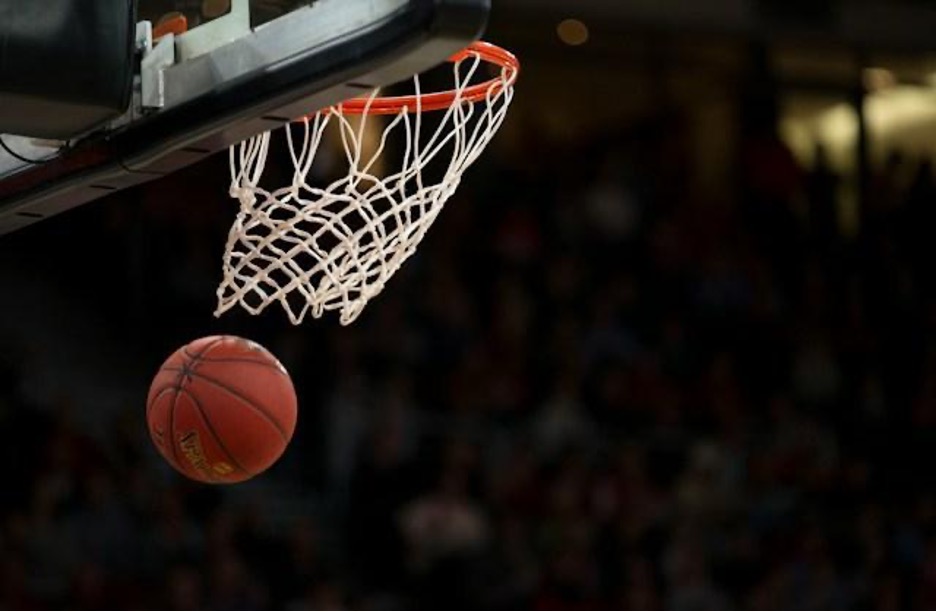Basketball is more than a mere sport. It’s a vibrant showcase of prowess, tactics, and passion that mesmerizes millions globally. As an emerging admirer, immersing yourself in basketball is an exciting expedition with vigorous actions and breathtaking instances.
This guide serves as your exclusive access to decode the rudiments of basketball, from the court’s configuration to the game’s vital rules. Regardless of whether you’re observing from the stadium or your home, this introductory guide will amplify your admiration and delight for each dribble, slam dunk, and intense play.
1. The Basketball Court
To understand basketball sign up to NBA starting 5 newsletter. You should then familiarize yourself with the court’s layout and markings. Consider the basketball court a theater where sportspeople execute astonishing athleticism. This rectangular space, typically made of hardwood, is the epicenter of all the thrilling action.
It’s partitioned into two primary sections:
- The frontcourt (where the team possessing the ball carries out offense)
- The backcourt (located behind the midcourt line, predominantly used for defense)
The midcourt line, located centrally on the court, bisects it into two symmetrical halves. Each half hosts a hoop and a backboard, the main objectives of the match.
The three-point arc, a significant zone for long-distance scoring, encircles the hoop. Nearer to the hoop is the paint or key, a delineated sector crucial for offensive and defensive game plans.
The free-throw line is located at the top of the paint, another indispensable feature. This is where players take unchallenged shots after specific fouls, a critical point-scoring opportunity in neck-to-neck matches.
The sidelines and baselines established the court’s perimeters, with players nimbly navigating around these lines to manipulate the ball and outwit their adversaries.
2. Understanding the Basic Rules
The fundamental essence of basketball is to amass points by directing the ball into the adversary’s hoop and simultaneously stopping them from replicating the feat. A typical game is split into four 12-minute quarters in professional leagues. In the event of a tie at the termination of the fourth quarter, the game proceeds into overtime—an additional period set aside to ascertain the victor.
The scoring system is clear-cut: a shot successfully executed from beyond the three-point line garners three points, a shot from within the line secures two points, and each free throw contributes one point. The game’s rhythm is controlled by regulations such as the shot clock, a timer restricting a team’s time to make a scoring attempt.
3. Points
When a team successfully sinks a basket, it earns them two points and possession of the ball is handed to the opposing team. If a field goal is achieved beyond the three-point arc, then three points are awarded for that basket. A single point is given for a successful free throw.
Free throws are granted to a team based on rules involving the count of fouls committed in a half or the kind of foul made. A fouled shooter always receives two or three free throws, depending on his location during the shot. If he was outside the three-point line, then he received three attempts.
Other fouls do not lead to free throws until a specific count has been reached during a half. These are known as “team fouls”. Once this count is hit, the fouled player is given a ‘1-and-1’ chance. He is allowed a second attempt if his first free throw is successful. However, if he misses the first shot, the ball becomes life on the rebound.
4. Player Positions
- Center. Usually, centers are the team’s tallest players and are positioned close to the basket.
- Defensive Role – Defensively, centers are primarily responsible for preventing opponents from shooting by blocking shots and passes in the critical area. Due to their height, they are also expected to secure many rebounds.
- Guard. Guards are often the shortest players on the team and should possess excellent skills in fast dribbling, court vision, and passing. They bring the ball down the court and set up offensive plays.
- Forward. These are likely to be your following tallest players. Although forwards can be required to play under the hoop, they may also need to operate in the wings and corner areas.
- Offensive Role – The main aim for centers is to position themselves for a pass and to shoot.
- Offensive Role -Forwards are tasked with getting open for a pass, taking outside shots, driving for goals, and rebounding.
- Defensive Role -Their responsibilities involve preventing drives to the goal and securing rebounds.
5. Basketball Strategy
Basketball can be likened to a game of chess, with its players and coaches perpetually adjusting their game plans to gain an edge over their adversaries. On the attack, teams deploy strategies such as the pick and roll, where a player establishes a screen (block) for a fellow player possessing the ball and then relocates toward the hoop to receive a pass.
Fast breaks, which are swift offensive actions triggered by a defensive rebound, inject excitement into the game and can rapidly shift its direction.
On the defensive side, teams can employ man-to-man defense. Each player is assigned to guard a specific adversary or zone defense. Each player is tasked with defending a particular portion of the court.
Wrapping Up
For a novice enthusiast, grasping the fundamentals of basketball – its regulations, tactics, player positions, and the culture that engulfs it – equips you with a base to enjoy the sport wholly. Basketball is a game that fuses athletic skill with tactical intellect, all within the context of a vibrant community.
Whether you’re spectating a dynamic professional match or an energetic local contest, the understanding of these basic principles enhances the experience, transforming each game into a narrative filled with its suspense, champions, and instances of enchantment.




